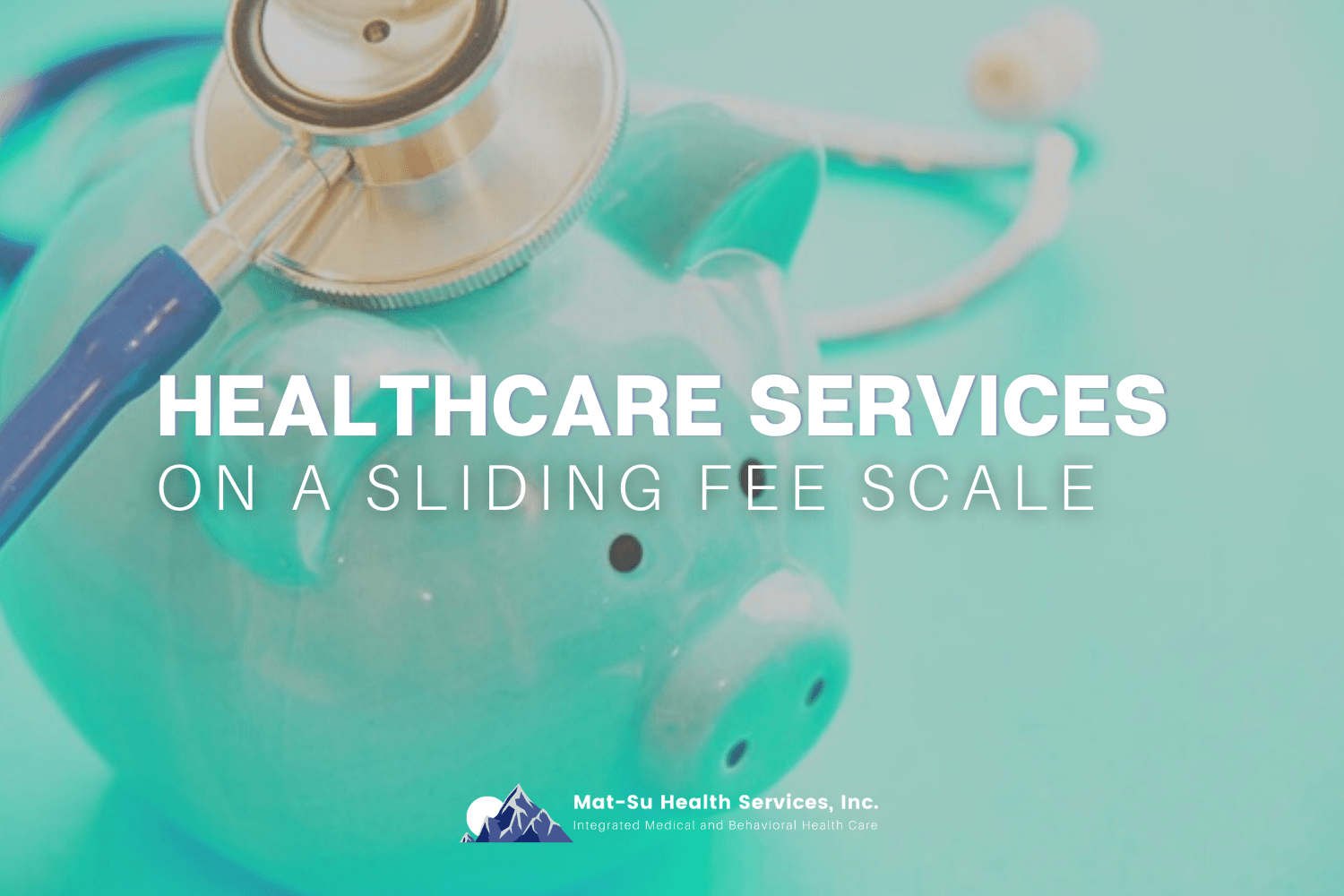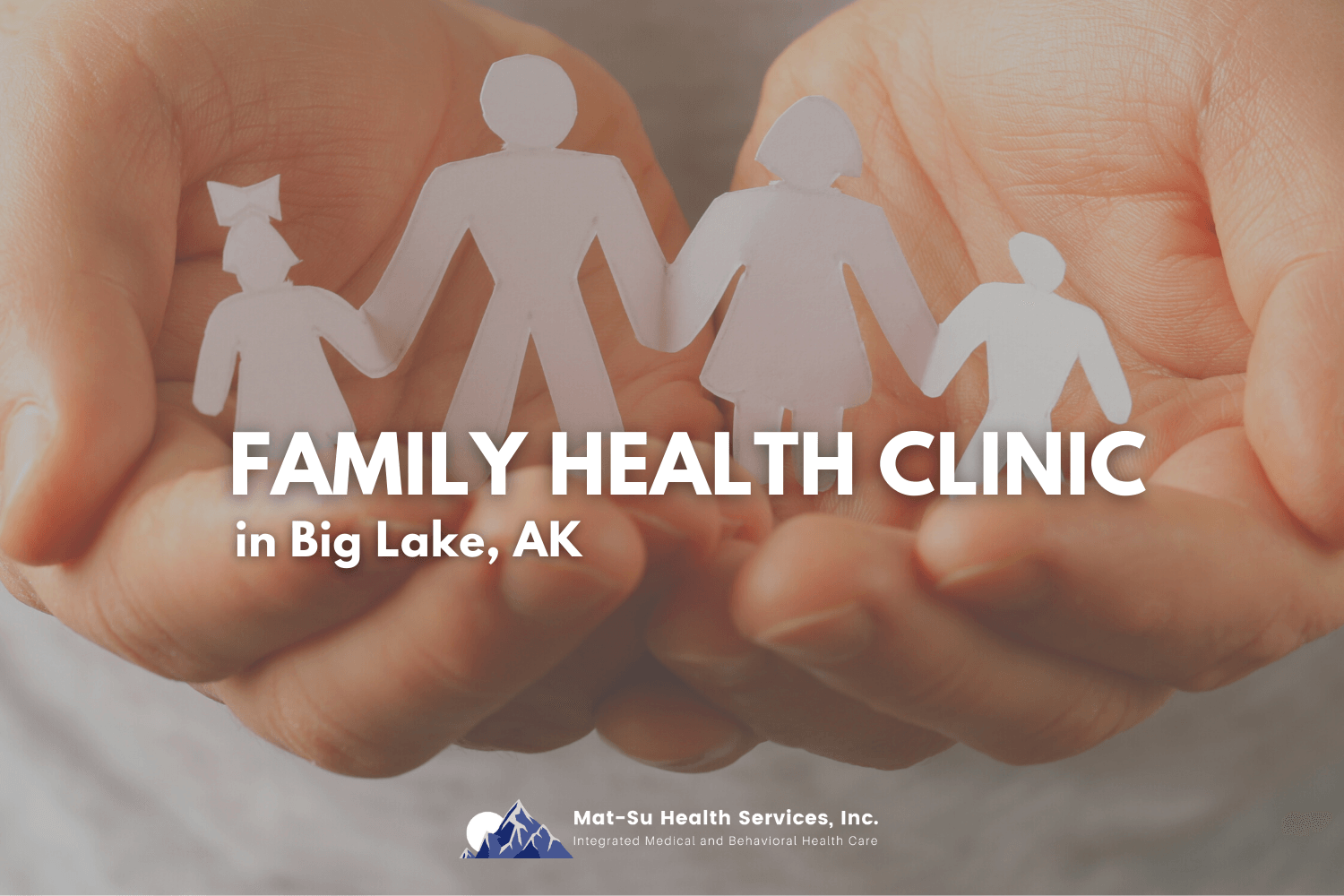Understanding Healthcare Services on a Sliding Fee Scale

Health care payments have a broad spectrum. Every patient has unique circumstances, and every practice has its own payment procedure. You need to ensure your family has access to the medical attention they need that is also affordable.
Many practices utilize a sliding fee scale. It makes payments easier and helps coordinate your bottom line. More importantly, it keeps your family safe as you never worry about finances interfering with receiving health care.
The Sliding Fee Scale
A sliding fee scale is a model for payments administered to patients. The scale is intended for individuals who can't afford care to begin with, including those at a lower income level, and self-payers. The sliding scale makes giving you services more affordable.
The process is a little complex and takes time to set up. But once the sliding fee scale is set up, patients have a practical solution that takes care of their entire family.
Let's look at how your doctor prepares the sliding scale fee.
Calculating the Extent of Expenses
The first step the practice takes is determining how much money goes into running the business. A firm handle on these costs is imperative. Otherwise, providers cannot properly set up a sliding fee scale.
Summing Up Expenses
These include all expenses, both hard and soft. Examples include lease payments, insurance, loans, interest, salaries, office and medical supplies, etc.
Setting the Salary
A clinician will add all take-home income to all expenses and arrive at the total take-home income.
Planning the Sliding Fee Scale
With a secure foundation of what's needed to manage the practice, the providers set up the sliding scale. But the numbers must be solid, otherwise, the entire process will end up compromised.
Looking at What the Typical Fees in Your Area Are
The practice performs a little research and finds out what the most common fees for health services are in the region. The numbers will differ greatly depending on the areas.
Knowing the Minimum Monthly Income
After determining expenses over the past twelve months, the practice divides the sum by twelve to calculate how much it needs per month to responsibly manage expenses.
Figuring Out Minimum Costs Per Month Per Patient
Using previous records, providers determine the average number of patients seen per month, dividing the number by 12 to find the number of patients the practice saw over the previous year.
Establishing Minimum Charging Fees
The provider divides the average per client by the practice's monthly income. Unfortunately, this is a lengthy process since the practice must define each service it offers. This leaves a rough estimate for the monthly minimum to charge.
Creating the Scale
As a result of the steps outlined above, the practice essentially has a plan for a sliding fee schedule at this point. But before they can solidify anything, they need to consider other factors.
Using Federal Poverty Limits
The U.S. Federal Poverty Guidelines establish how to charge based on patient income with maximum and minimum charging fees. Patients who fall below or are at the Federal Poverty Level receive 100% of the minimum fee. We grade patients who land above the level in increments based on the guidelines.
Developing the Policy and Application
The practice now must put the policy in writing. It should clearly and succinctly explain your sliding fee scale. The document will be easy to read, ensuring no misinterpretation. It will use concise, short terms, using bullet points and bold statements or words.
The idea is to reduce the possibility of patients not understanding the terms or conditions of the sliding scale fee.
The policy should include the following information:
- How to qualify.
- How to re-certify—if necessary.
- What documentation patients need to qualify (proof of income and insurance, size of family/household, residency, etc.).
- Fee schedule.
The policy will come with an application. The process should be simple and efficient to ensure administrative costs don't obstruct the benefits of the sliding fee scale.
Policy for Insured Patients
Having insurance does not negate the fact that patients may need financial assistance such as the scalable fee—the practice should have addressed this in the policy. According to the guidelines, patients are categorized by pay classes that are used to gauge charges regardless of insurance status.
An Example
The insured patient gets treated, and the maximum fee is $150. Taking into account the patient's insurance, the copay is going to be $90. Now, providers look at their sliding fee scale. According to the Federal Poverty Guidelines, the patient pays $70 instead of $90.
The equation is only valid if no insurance or legal issues get contradicted. It's important that you, the insured, know what third-party payors expect when it comes to your pocket costs.
Consistency
The practice will do everything it can to be consistent in its offerings and services as outlined in the policy. You must do the same.
Assess and Update
Medical practices will want feedback and assessments of the sliding scale fee schedule. As a patient, let your doctor know how the schedule impacts your family and your bottom line. They may find your feedback helpful enough to tinker with the numbers.
At Mat-Su Health Services Inc, we offer a sliding scale to help patients who qualify pay for treatment. Reach out to us today if you have any questions about how our sliding scale works, and how you can apply.

Mat-Su Health Services, Inc. prohibits discrimination in all of its programs and activities on the basis of race, color, national origin, age, disability, and where applicable, sex, marital status, familial status, parental status, religion, sexual orientation, political beliefs, genetic information, reprisal, or because all or part of an individual's income is derived from any public assistance program.
We receive federal funding through the Health Resources and Services Administration and are also known as a Federally Qualified Health Center (FQHC). Mat-Su Health Services primary care clinic is a Health Center Program grantee under 42 U.S.C. 254b, and a deemed Public Health Service employee under 42 U.S.C. 233(g)-(n).
Wasilla Location
Address:
Clinic Hours:
Mon - Fri : 7:00 AM - 5:00 PM
Phone: (907) 376-2411
Administrative Fax:
(907) 352-3363
Medical Records Fax: (907) 352-3373
Big Lake Location
All Rights Reserved | Mat-Su Health Services, Inc. | Price Transparency List | Patient Privacy
















